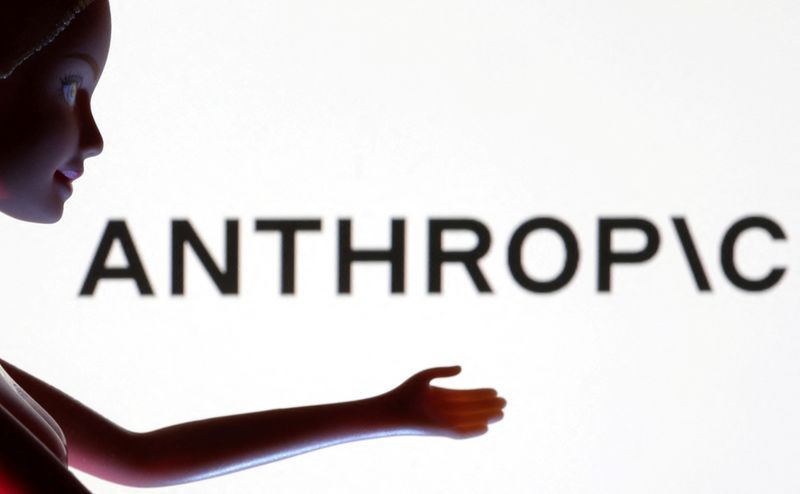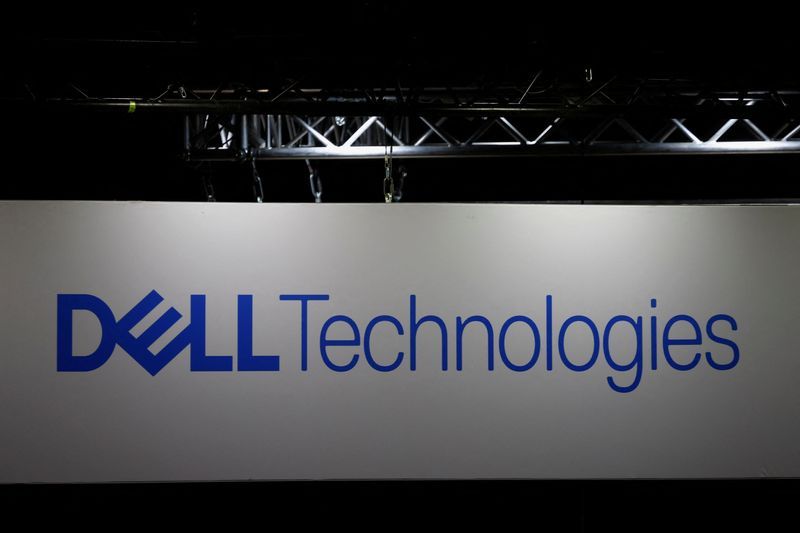
The blog post gave the patient’s first name, Alex, and identified him as a former automotive technician that suffered a spinal-cord injury. — Reuters
Neuralink Corp, Elon Musk’s brain-computer company, said surgery for its second implant in a human “went well” and the patient is now able to design 3D objects and play video games like Counter-Strike 2.
The procedure also appears to have successfully averted an issue that dogged the experience of the first patient, Noland Arbaugh, who had the unexpected complication of electrode threads retracting from his brain.
“To reduce the probability of thread retraction in our second participant, we implemented a number of mitigations, including reducing brain motion during the surgery and reducing the gap between the implant and the surface of the brain,” the company said in a blog post.
In the case of Arbaugh, Neuralink made post-surgical software tweaks that also mitigated the issue.
The company said it was working on new capabilities for its brain interface device, dubbed Link, which for now allows patients to control on-screen cursors and digital devices, click by click. In the future, it said, Link would be able to decode multiple simultaneous movement intents and recognize handwriting intent to help patients write faster.
“These capabilities would not only help restore digital autonomy for those who are unable to use their limbs, but also restore the ability to communicate for those who are unable to speak, such as people with neurological conditions,” Neuralink wrote.
For now, the Link device is designed for patients with quadriplegia and other conditions that severely limit movement. Musk has said Neuralink implants could eventually help augment the abilities of healthy people, such as assisting with memory recall.
The blog post gave the patient’s first name, Alex, and identified him as a former automotive technician that suffered a spinal-cord injury. He left the hospital, the Barrow Neurological Institute in Phoenix, one day after undergoing the surgery. Alex is now able to use computer-assisted design software to design a custom mount for his Neuralink charger, the company said.
Musk has said he hopes to have the device in several more patients by the end of the year. Participants are part of Neuralink’s Prime study, an investigational medical device trial. – Bloomberg








































